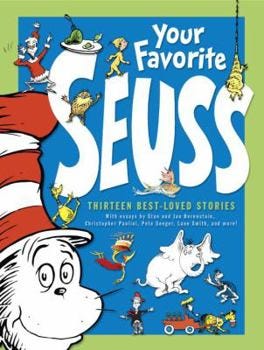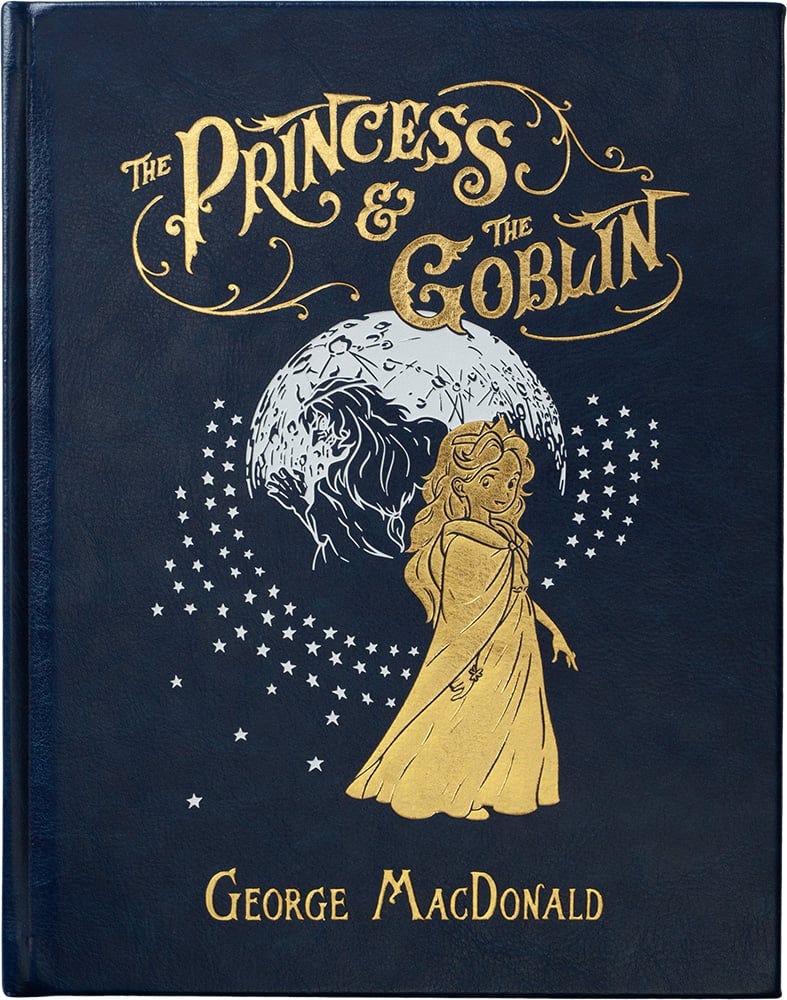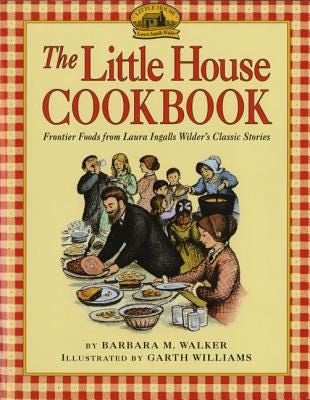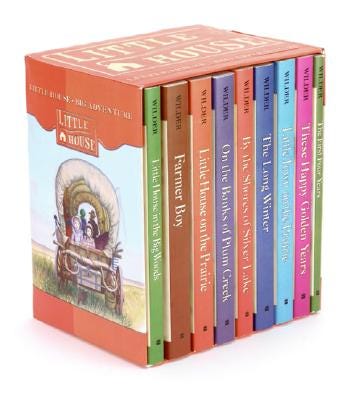The merry month of May finally blossomed into a wet June and a trip back to my home. Between digging my fingers into some Bach and Debussy on the piano (I always so desperately miss while living away from home) and digging my fingers into the soil to tame what had become nearly a jungle of a garden, I’ve managed to dedicate very little time to reading this month. With that said, I’ve struck upon some interesting reads and hope you’ll enjoy them as well!
The Wizard of Oz: The Official Cookbook
The first is a book that caught my eye at the library: The Wizard of Oz: The Official Cookbook.
One of the things I learned in my “Talent Education/Suzuki” Training is that the more different senses one can incorporate into a lesson, the deeper the learning and memory for it has the potential to go. Along those lines, I always love finding cookbooks that go along with the books that I read, like The Little House Cookbook1 for the Little House On the Prairie Series.2
The Wizard of Oz Cookbook, like The Little House Cookbook, incorporates the story to various recipes. Unlike The Little House Cookbook, which is based upon the original books by Laura Ingalls Wilder and illustrated by Garth Williams, The Wizard of Oz takes its guidance less from the book(s)3 and more from the 1939 movie starring Judy Garland.
To be completely clear, I ended up only trying a couple of the recipes, even though I bought the ingredients for more. Despite the recipes looking quite enticing, many of the ones I wanted to try the most were designed around using gluten flour. (N.B. there are many which can be made GF and many that don’t require gluten or their alternatives…but I didn’t try any of the breads. Maybe later…) Though I am adventurous when it comes to cooking (probably why I don’t consider myself the best or most reliable chef out there), June ended up being filled with many fasts, which don’t go well with either successful or unsuccessful gluten-free concoctions. There were also many sugary concoctions that looked amazing (especially for birthday parties!), but, again, it has not fit well with the need for extensive fasting.
I did find reading through the book and recipes in and of itself inspirational, the same way I find Pinterest to be inspirational and spark the imagination. (Seriously, if you’re ever feeling depressed about the state of the world, go on Pinterest for five minutes and be amazed at the creativity and ingenuity of the human brain!)
With that said, one I was determined to try was their own variation of Always On Hand Cake that is made with only three ingredients: eggs, sugar, and cocoa powder. So, apparently, one can whip eggs and sugar for an extended period of time and have it create a full-bodied substitute for every other ingredient. Yes, I know,
I’m sure you’re rolling your eyes at this. Duh, right? In my defense, in life, I have spent far more time practicing music than practicing cooking. That’s why I appreciate real chefs with real knowledge on the how’s and why’s of putting various ingredients together!4 And, further in my defense, it turned out surprisingly good!Your Favorite Seuss: Thirteen Best Loved Stories
Moving on to another gem, suggested by a subscriber here on Substack. (Thank you
for the suggestion!)This book affords a deeper dive into Dr. Seuss from people who knew him and/or those inspired by him. In all, thirteen of Theodore Seuss Geisel’s children’s books are included, prefaced by authors, composers, actors, teachers, booksellers….basically a collection of people who are filled with gratitude towards the stories that helped them learn to read and think about the world. It also includes a history and insightful anecdotes from those who met, worked with and otherwise loved Dr. Seuss.
Stories include: And To Think That I Saw It on Mulberry Street, McElligot’s Pool, If I Ran the Zoo, Horton Hears a Who!, The Cat In the Hat, How the Grinch Stole Christmas!, Yertle the Turtle, Happy Birthday To You!, Green Eggs and Ham, The Sneetches, Dr. Seuss’s Sleep Book, The Lorax, and Oh, The Places You’ll Go!
This is yet another of those moments when I found my perspective has shifted, even since I read them to my own children. But, I’ll save that for another post…
The Princess & The Goblin
Another book suggested in multiple posts here on Substack was The Princess and the Goblin.5
I found this book, first published in series between 1870 and 1871, to be quite captivating, especially from a historical and philosophical standpoint. It purportedly inspired many later authors, including C.S. Lewis, J.R.R. Tolkien, and G.K. Chesteron. It is comprised of a courageous young princess, a heroic minor boy, and a cast of characters which include goblins and a benevolent “great-great-grandmother.”
The timing of my reading both this book and The Wizard of Oz Cookbook happened to coincide with having just listened to a series of talks and interviews with several exorcists, among them Father Dan Reehil, Father Vincent Lampert, Father Carlos Martins (of The Exorcist’s Files), and Father Chad Ripperger. Interestingly, they spoke of how dangerous it is for some, especially highly imaginative, children (and adults) to read about “good” witches and “good” magic…how it has the potential to open doors to worlds we have no business opening. I would highly suggest, if you are interested, to listen for yourself how they present their arguments.
Listening to these priests, who share their experiences in their capacities as exorcists, has compelled me to rethink much of what I had previously considered simple manifestations of imagination, rather than manifestations of actual and very much real supernatural entities.
So, do I think the book should not be read? Well, there is one scene in particular which I’m sure was totally innocent at the time it was written, but which I have no doubt could and would be misconstrued these days, to be sure. And, yes, it does contain magic…or perhaps it is simply magical storytelling. I cringe to imagine what Disney has done to this movie, but still…the question is not one I take lightly.
In the past, when I had been exposed to the idea of censorship as it regarded things of what I had viewed as innocuous content, it was never presented with either sufficient or reasonable explanation. After listening to the exorcists, I have stopped summarily dismissing such views. Furthermore, I now read with a more attuned eye. It took me almost the entire book to interpret, rightly or wrongly, that the grandmother was not some form of witch, but rather more of a guardian angel. Yes, supernatural, so technically occult.
With all of that said, if this book was such an inspiration for the likes of Lewis, Tolkien and Chesterton, who am I, with my as of yet nescient knowledge on such matters, to declare so easily to the contrary?
What are your thoughts?
Where is the line between sparking the imagination and opening portals into dangerous worlds? Where is the line between creating a healthy understanding of the world around you and scaring the ever holy daylights out of a kid?
Me, personally, I don’t think it lies with The Princess and The Goblin, but I have been given compelling evidence that there is indeed a line out there which must never be crossed.
But, that is enough from me! What say you?!
Did you know that L. Frank Baum wrote 14 books on the Land of Oz?
For more information—>
https://en.wikipedia.org/wiki/List_of_Oz_books
If you haven’t tried any of
recipes, I suggest this one, which has become a staple in our monthly menu→Both of these posts suggest The Princess and the Goblin and both are well worth the time it takes to read it!












Thank you so much for the tag! I loved hearing how the Seuss book impacted you! Please tag me again if you write more on it!
Unfortunately, my husband forever ruined the Wizard of Oz for me by telling me the specific treatment of Judy Garland in the 1930’s movie. It does, however, increase my passion for women’s rights!